The Quail Hunter’s Lost Code

There’s a small, back corner on a piece of public land in Kansas that my dad and I have hunted for 10 years. It’s a good walk, probably a mile and a half each way. We are always drawn to the corner because every year there is a covey of Bobwhite in this tiny, scrubby section that runs along a fence crossing an old creek bed. The covey never got very big; the largest we probably ever saw it was 15 birds. If we were lucky, we’d knock down a couple and wish the remaining quail luck for the remainder of the season.
On the return walk from this corner four years ago we noticed a convoy of vehicles coming down the dead-end entry road. Eight hunters exited vehicles now parked adjacent to mine, and began gearing up and releasing hounds. They entered the field the exact same spot where dad and I had just left a little over an hour ago. We now were likely just over a half-mile away, clearly visible, though that had no impact on their plans. And this is public land, they have every right to be there.
Normally I have a good chuckle when groups attempt to follow us in a field. Apparently they have less confidence in my dogs than I do. But I got a sick feeling from this group. I’m guessing they had heard dad and I shooting. I killed a couple of bonus pheasant on this same walk, and they decided that their eight guns were better than our two. And now they were marching in a line towards our covey of quail attempting to regroup and relocate.
It was the last time we saw quail in that corner.
Recently I participated in an upland summit where a number of the attendees shared desires of returning to the good ol’ days of upland hunting. With decades of documented declines in upland bird populations across the bulk of the country, it’s interesting to think exactly when those good days may have been. But the good ol’ days seem to refer to a time when game birds were more abundant for harvest.
A quick look around the room, the average age at this summit appears around 60, which means the upland bird declines were well underway even when most of these guys first picked up a shotgun. But across much of the midwest the exponential declines in upland birds, where those population trend graphs tend to plunge near vertical are in the ‘80s. So the good ol’ days in this room were in 1979. Anyone under 50 doesn’t even know what a good ol’ day hunting is.
Carter was President. A gallon of gas cost 86¢. The U.S. population was 225 million – 100 million fewer people. There were 15 million hunters compared to just 11.5 million today. The Conservation Reserve Program (CRP) didn’t exist and wouldn’t go into effect until 1986.

**Sample of a few state quail abundance graphs
There’s a disconnect between pining for the good ol’ days of bird hunting and presiding over the largest decline of upland bird populations in history. We now gather in summits in search of answers and quick fixes that don’t exist to issues that took a century to create.
There are some things the old guys had right which are lost to the latest generations of upland hunters. Practices that put the well-being of birds first. I don’t believe there is purposeful ill-intent by younger hunters, just a blind spot.
I have a theory that this latest crop of bird hunters has cut their teeth on preserve shooting. Lack of wild bird density across much of the country has moved anyone interested in becoming upland hunters to train on pen-raised birds, where the rules are different. Though preserves may do a fine job of getting new hunters interested in upland pursuit, it’s done a disservice to instilling ethics. And likely it has contributed to a collective devaluing of game birds, or in the least a lack of knowledge of the lifecycles and struggles of wild birds.
Old school quail hunters only shot on the covey rise. They did not pursue or shoot singles after a covey was broken up. Wild quail are gregarious birds and when alone they are vulnerable. In the good ol’ days bird hunters could even name coveys, groups of birds that would be in the same location year-over-year. Why is this? They only shot birds on the covey rise. Singles were looked at for exactly what they are, easy targets.
I’m sure this sounds crazy, blasphemous to people who chase bag limits. But think about it this way: say the average covey size is 15 birds. On the initial rise there are two shooters who each connect with a double, harvesting 25% of the covey in one salvo. The average daily quail limit is eight birds in this country, so if these two hunters try to fill their limit on this covey……. The only defense quail have is numbers. The group helps protect them from the elements as well as predators. Alone, a quail is doomed. Even a covey that gets too small can be doomed to hard weather.
If my dogs find singles after a covey rise, I put down the shotgun and pick up the camera. Singles are good practice for dogs, but it’s certainly not challenging shooting. And it’s taking advantage of quail at their most vulnerable state. I don’t want it that way.
Old quail hunters would not shoot into small coveys. They recognized that small coveys were at risk of decimation. The desire for that covey to persist was greater than the desire for a quail dinner. On our hunts we do the same. There’s no magic number, it depends on the area, conditions and bird density. But in general if a covey is less than seven or eight birds in places where bird density seems low, we just don’t shoot. It’s another good opportunity for dog work and photographs.
The old quail code defined a quitting time. Quail rely on the group for overnight survival – from both predators and the elements. If quail don’t have time to regroup prior to sunset, individual birds can be doomed. Many new bird hunters have never heard that if you break up a covey close to sunset on a night when weather gets hard, you may kill every bird in that covey. Not only have you pushed them from prime cover, but you spread them out without time to regroup before the sun sets. When it gets dark out it gets cold and nocturnal predators begin the hunt. A cold lone quail is easy prey.
We stop targeting quail at 2 p.m. That’s early, even by old school standards. But the last thing I want is to be responsible for the decimation of an entire covey, frozen to the ground because I scattered them a half-hour before sunset.
I care more about the birds than about killing birds. Pulling the trigger is easy, but thinking about what is right, good and sporting in the field adds some much-needed weight. Besides, it’s a lot less work to find coveys that are present year-over-year because they’ve been given a fair shake by hunters who want to see them succeed first.
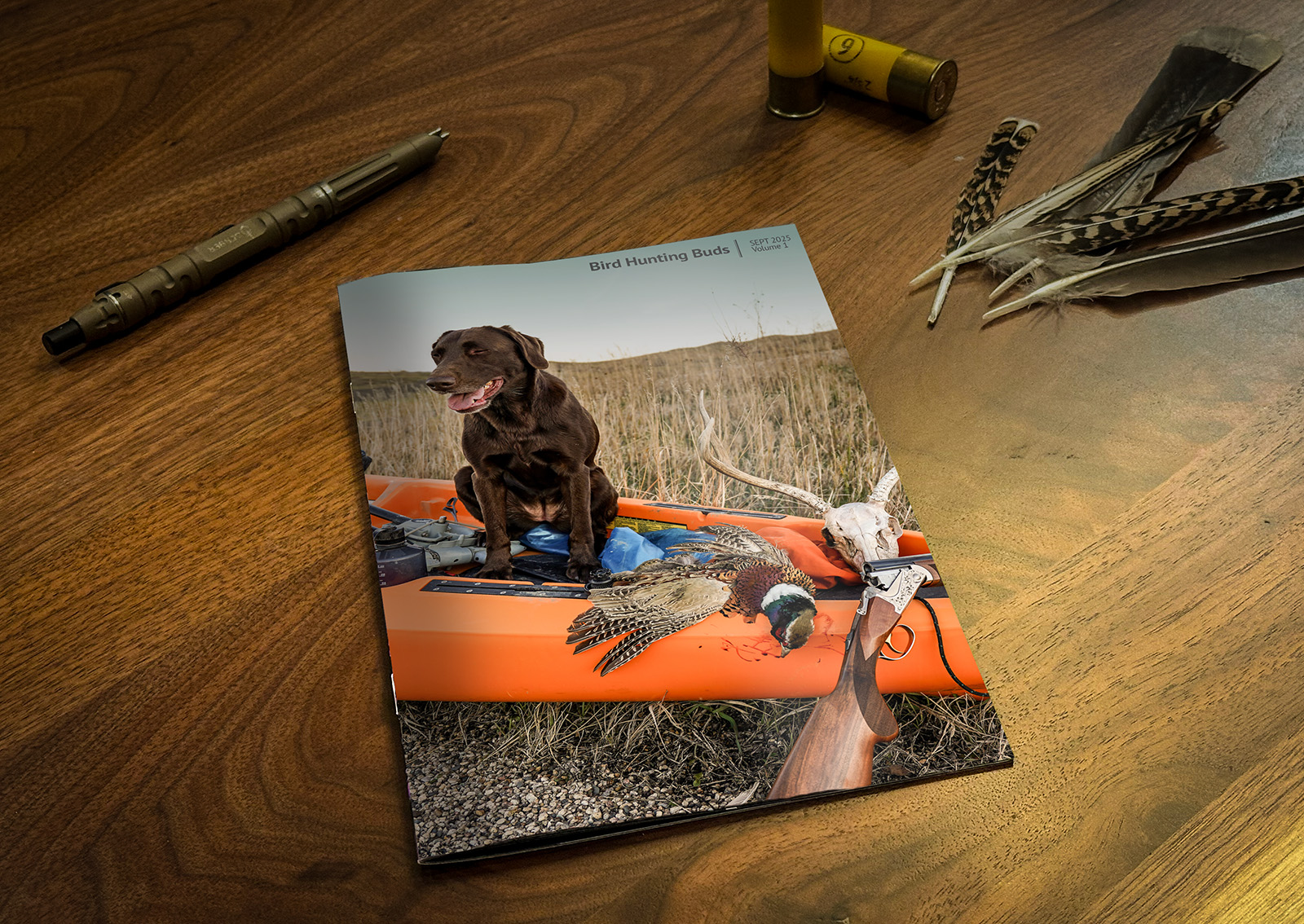
Bird Hunting Buds
If you enjoy this kind of story, check out our new venture.
Printed, free, no ads, direct to your doorstep — just stories shared between friends.
Click here. Sign up. Become a Bird Hunting Bud.
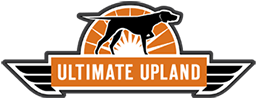



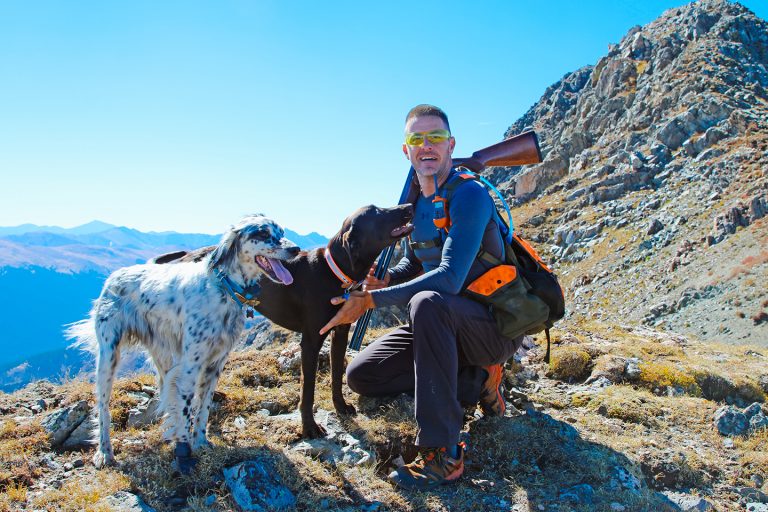
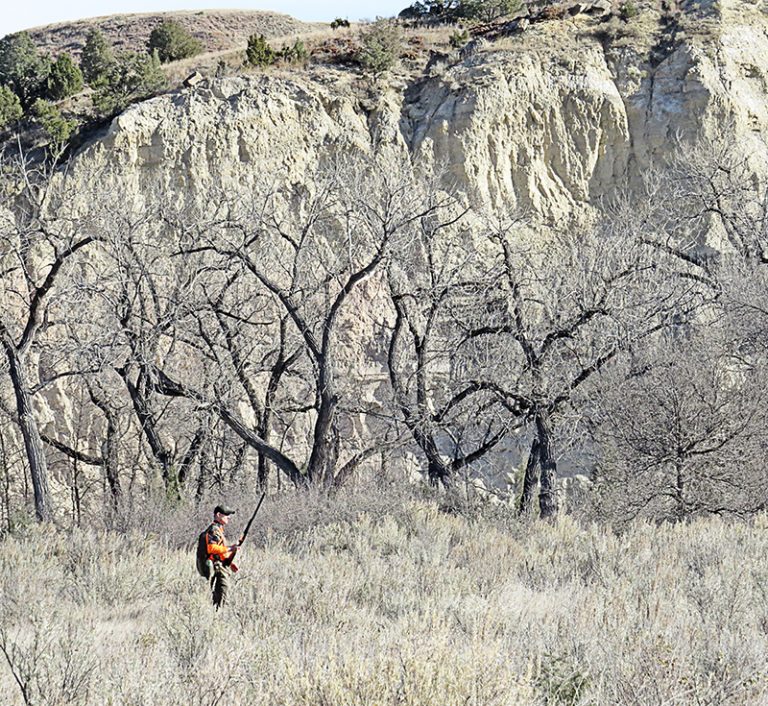
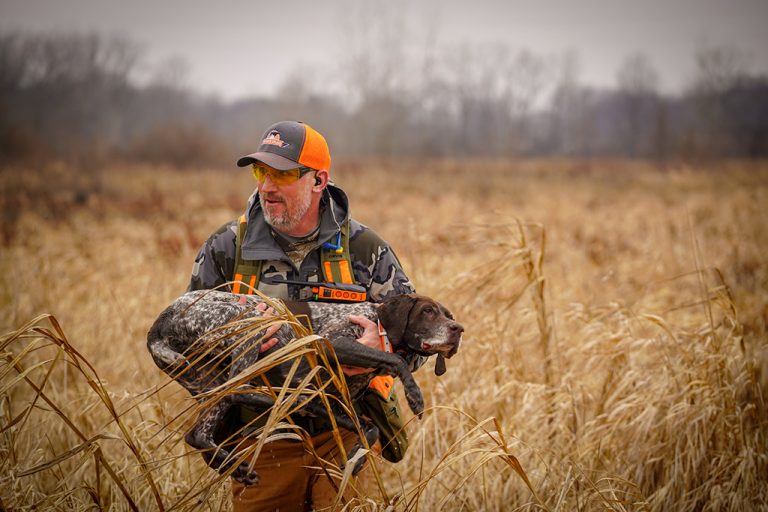
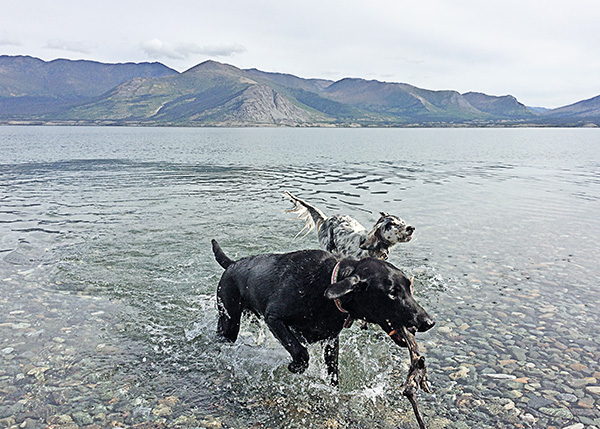
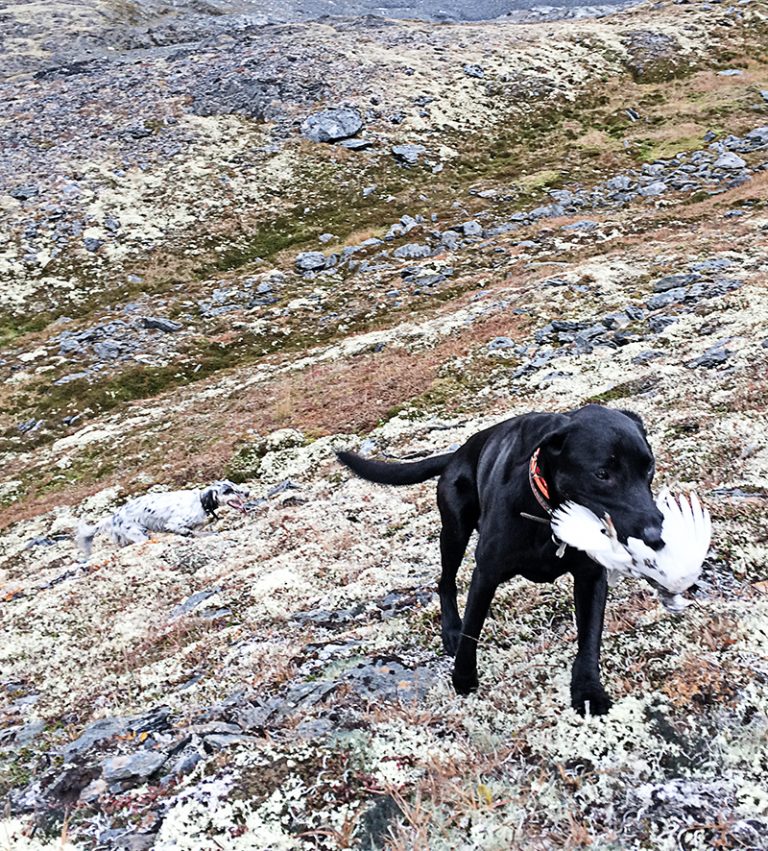

Do you have email we could discuss this topic further? As a wildlife biologist in Kansas I disagree with many your conclusions from your article “The Quail Hunter’s Lost Code” based on the available science we have. You point out some valid changes but there is often far too much emphasis placed on hunter harvest potential to impact on populations that distracts from the real problems.
Jeff, the article draws no conclusions, it speaks of personal experience afield and my actions as a bird hunter, as well as a documented history of old school quail hunter tactics (I’m certain if you have read my article, then you’ve more than likely read some of the classics out there that point directly to the tactics to which I adhere.)
This isn’t a distraction, it’s a personal account. We can certainly talk about lost habitat and changes in farming practices….. but what does that leave for the average bird hunter?
I believe people must value birds first, above harvest and pursuit.
I’ll shoot you an email. But if you’d like to write an article about the decline of quail, I’m open to that.
Brian,
Thanks for the response, conclusion was probably an incorrect term, maybe insinuate or assumption is better. Specifically I was referring to the observation of the quail disappearing from the corner after the larger group hunted the spot. We often think of coveys as stagnant with the same birds and lineages returning to these same spots year in and out. In reality coveys are much more fluid and birds move much more then you’d expect. As coveys become small they merge to increase covey size and move away from high pressure locations. In spring those birds spread out widely on the landscape and there is a fall mix up of young that form coveys and seek high quality winter cover nearby. As hunters we see birds during winter so we often associate these covers with quail. Good winter cover is important, but much less important the production cover, if you produce no chicks in the summer there are none to fill winter cover in the fall. The more likely scenario for a covey disappearing is that the surrounding landscape matured to a point to be less productive for quail during breeding season.
Hunter ethics is a complicated topic as each hunter has their own set of what they view as ethical within the legal regulations, limit driven hunting has it’s issues, but isn’t the the cause of quail declines. The time of year harvest occurs actually has more potential for impact then any other aspect of harvest. That is someone shooting 1 or 2 birds the last weekend has more potential to impact the population then someone shooting a limit open weekend. Historically we have reports of the “good ol days” when you could shoot your bag limit before noon, stop for lunch, then shoot your “afternoon bag limit”. Shooting coveys on the ground wasn’t uncommon and was even dubbed a “pot shot” or “Skillet shoot” as you could fill a pot/skillet with one shot. Quail were abundant enough during this time that, while these tactics were viewed as unethical by some hunters and weren’t legal, most weren’t concerned about over-harvest. Despite high densities of quail over the last few years, harvest surveys show that overall harvest has remained much less then what it was 20 years ago when we had comparable bird densities. It is my experience that pursuit and harvest is what creates value for the birds. Annual survival estimates for quail range between 5-20% with most never surviving to breed. Hunter harvest is much less then other natural sources of mortality.
I hope my original comments didn’t come off as combative. There are many assumptions about harvest among hunters that the science doesn’t support. There are many additional considerations to this topic although I likely already provided too much detail for this venue. If you’re interested, I look forward to your email to continue this discussion.
You describe a scenario, you still can’t be sure that the reason those birds disappeared from state managed habitat and land was hunting pressure. Though, because I’m quite familiar with the area I have a pretty good idea that the surrounding area remains viable quail habitat.
If hunting pressure has no effect on population, then why does the state of Kansas have daily bag and possession limits?
Does the state of Kansas know how many quail are harvested annually? If so, how – what’s the method for deriving this number because like every other state there is no required harvest reporting for upland birds. So isn’t it just speculation to assume the effects of hunting pressure in relation to population?
I would love to see all states begin to require harvest reporting for all upland birds as a great source of citizen science and a way to better understand the continuing decline of upland populations. Practically everyone carries a smartphone now and daily reporting would be an easy ask. Together hunters and biologists might be able to make the science way more accurate.
In the state of Ohio there are an estimated 13,000 Bobwhite quail left in a few counties. There once were 7+ million. Opportunities to pursue and harvest these birds are limited. So if the way to find value in upland birds is pursuit and harvest in the face of declining populations trends across country, then it truly is a sad state of affairs where the decline in birds thereby results in the decline in value.
In certain areas in the country where populations are isolated harvest has been shown to have the potential to be additive. That is not the landscape that exists in Kansas, while largescale habitat changes have occurred we still have populations of quail statewide that are relatively well connected. Habitat can mature to low quality without looking drastically different. CRP is very productive in the first 3-4 years but left undisturbed becomes too rank for birds to use. The same can be true of even native grasslands without some sort of disturbance. Our recent quail boom can be attributed to the extreme drought we had between 2010-2013, this set set back our vegetation allowing populations to explode when we got rain in 2014-2017. Habitat is maturing again and quality is declining along with our population indices. Research in Kansas found that the number of coveys, avg. covey size, and density of bobwhites were the same after the season on high harvest (60%) vs. un-harvested areas, as immigration from the surrounding landscape compensated for losses from harvest.
Kansas has performed an annual harvest survey since the 50’s which estimates harvest based on random sampling and extrapolations, including statistical confidence intervals. Most states have some similar sort of harvest survey.
https://ksoutdoors.com/Services/Research-Publications/Wildlife-Research-Surveys/Small-Game-Surveys
Mandatory harvest reporting creates its own set of issues.
Bag limits, possession limits, season dates, season lengths etc. on game birds are set to meet social preference, tolerance and perception. This is why we don’t change these regulations when populations go up or down. An average quail hunter in Kansas hunts about 5 days and harvests just over 1 bird / day. Thus shooting less then a limit over the entire season. See above report. Considering this, the season and bag limit could be reduced by half or doubled with likely no observable affect on total harvest. Previous research has shown that adjusting regs (including season closure) did not impact populations of game birds compared to adjacent counties where regs were left the same.
Considering value of birds think of quail forever, pheasants forever, ruffed grouse society, national wild turkey federation, ducks unlimited, etc. and the large memberships and fundraising capability they all have.
Now consider Field sparrows or loggerhead shrikes. Also grassland bird species of concern seeing similar levels of decline as quail. Or what about the endangered American burying beetle? or regal fritillary? What NGO’s exists for any of these species? How many hunters have even heard of them? It’s not that they don’t have value, however people don’t have the same connection to them. Ask yourself where your own passion for upland birds started? I’d venture a guess that you were introduced to the birds in some way shape or form through hunting. It’s part of the reason we use species like bobwhites as a flagship species to accomplish habitat projects that benefit a whole host of others.
If you’d like additional info or copies of the manuscripts for any of the above cited literature you’re still welcome to email me.
Jeff, I haven’t solidified my dates for Kansas this year. But I’ll be happy to take you hunting to the corner habitat I reference in the article and look forward to your assessment. Maybe the birds will be back.
The harvest surveys you reference, we have in the state of Ohio as well. I believe they send out 5,000 annually. Seems an antiquated and inefficient way to collect data given the current state of technology. I’ve never received a harvest survey (from Kansas or Ohio), not that that means anything. My dad who has been a hunter in our home state for over 65 years has never received a harvest survey. Maybe the odds and random sampling work out correct with that. But I can tell you that as far as hunter engagement and making hunters value birds and other small game as well as feel like they are a part of the process…… there’s a better way.
It looks like the high water mark for Bobwhite harvest in Kansas was around 1967…. close to 4M birds, compared to the average over the last decade of around 400,000. I’ll guess this has a lot to do with the persistent declining population trends over that time. Those long term trends point to a need for drastic and different action, not more of the same. I believe that starts with wildlife professionals finding a better way to interact, engage and activate both hunters and citizens. (I also believe the outdoors media plays a role in this as well.)
Dear Mr. Koch: I have just read your article “Quail Hunter’s Lost Code” As quail season draws near I can’t help but hope that upland bird hunters across the country get a chance to read your article and maybe through a stroke of luck or understanding some portion of hunters put your comments into practice. I am 61 years old and an avid upland bird hunter and talk about “the good old days” often. Just before I read your article on the web I was in discussion with a group of individuals talking about the decline of natural wild bird habit populations across the country and how fragile bird habit is. Your article reminded me that while drawing attention to better habitat management, land development etc…As part of the equation, it is the hunting ethics and practices that are paramount and essential if we ever want to see the good old days return. You should forward this article to some major magazines like; “Shooting Sportsman”, “Covey Rise” and “Gun Dog” . Thank you for an excellent article. Bob R.
Mr. Koch,
You fail to mention that 2:00 p.m. is also considered to be the perfect time for a nap.
Who is the gentleman in the photo?
Do you think throwing a pic of a male model who, obviously, has never been afield and, probably, knows nothing about firearms, into this article fools us for even a second?
Nonsense I say!
2 PM is perfect time for second lunch. We had to pay the model substantially more to handle dead birds.
I had the same thing happen to me in Western Nebraska. I knew where a small covey lived, 12 or 15 birds and they were there year after year but it was on public hand but an inside pivot corner that required a 3/4 mile walk across barren ground just to get there. I took a couple birds each year and never went back but three years ago after my first trip, I went back a second time just to give my young pup a chance to point them. I didn’t even carry my shotgun but when I got there I found about 30 empty 20 ga shells and no quail. I’ve never seen a single quail there since. I grew up hunting quail when there were a lot of them so we never shot a covey more than once a year, and I still believe they are a resource we should protect.
Some thoughtful perspectives on wing shooting ethics you have suggested. I just returned to Michigan from a week in North Central KS with my 3 Ryman type Setters. Twenty fourth trip out there in 30 years. Originally this was a pheasant dedicated hunt, quail being secondary focus but always appreciated. This paradigm shifted in the late 2,000s due to successive years of poor natural pheasant reproduction. Quail numbers suffered as well. The years between 2013 – 2015 I didn’t make the trip to KS. Our host who had access to 6,000+ acres of private land advised it simply wasn’t worth the effort. This is not a lodge or guided type hunt. Strictly seat of the pants, on your own, county plat book is your guide… Wouldn’t want it any other way.
In mid summer 2016 our man in KS enthusiastically informed me that it looked liked the quail numbers had rebounded to high levels not experienced there in decades. He was was accurate. Pheasants were still scarce but quail were abundant. The 16,17 & 2018 seasons proved to be outstanding for quail with fewer pheasants yet. So this hunt became a quail adventure with little emphasis on roosters. For my young setter this was legion fields for wild bird encounters. The coveys were large, up 25 individuals per & we were often encountering 4 sometimes 5 separate coveys a day. You can imagine the bird sense a young pointing dog can develop under these circumstances. Because I’m a pointing dog snob my discipline dictates shooting over points only. If I wanted to shoot at any wild flushed or mishandled game bird I’d hunt behind a flusher. No disrespect to all those flushing dog guys.
In the flushing of a covey of 2 dozen quail it seems inevitable that some re-flushes of singles will occur. Honestly for a developing young pointing dog this scenario was not unattractive. The comparative difficulty of picking a target out of 20 whirring quail vs a shot at a single over a steady point,,, notable. I unabashedly admit taking advantage of these opportunities. And to your point regarding late afternoon quail shooting compounding the difficulty of birds to re covey, a thoughtful but overlooked or even disregarded likelihood. A consideration more hunters should reflect on.
I was again in KS December 2019, same bird camp as previous years. Curiously the quail numbers were remarkably down but pheasant encounters increased dramatically. Our host had no biological or even gut explanation for the turnabout. Who the hell needs to kill 8 quail a day anyway. That’s always seemed excessive to me. We can’t enforce thoughtful respect for the resource unfortunately. The instant gratification crowd oozing into the uplands gives me pause.
Keep up the introspection,
Marcus
Although I do firmly believe that ethics need to be instilled into the younger generation of hunters better, I also think some of your article has no basis in scientific fact and is pure conjecture. I mainly hunt Valley and Gambel’s Quail in California. These quail DO NOT need to be in coveys to survive; in fact, they pair off to breed and nest, and VIGOROUSLY defend small territories from other quail while they do this. So quail purposefully isolate from other quail during these periods. They will not die without the covey. Quail are not in coveys for 4-5 months of the year. Even during a typical day during upland season, quail will often bed-down midday or late morning by breaking up the covey and spreading out among vegetation.
Also, you seem to indicate that coveys are some type of family units; where generations of birds inhabit the same group. This is also scientifically false. In truth, coveys are comprised of very random birds which often end up migrating between different coveys.
Quail disappearing from a region is usually because 1) lack of water or food, 2) very poor survivability of the young due to predation or weather, or 3) extreme and constant hunting pressure or human activity causes them to move elsewhere. Where I live, quail settle down and move out of areas primarily due to water availability.
Chris, you’re speaking of desert quail which most certainly have different habits than Bobwhite, which is the bird that is primarily referenced in the article and is most noted for declines amongst all other quail species. You also happen to be speaking about California where truly cold weather and snow accumulations in quail country don’t exist. But it is interesting to note that if quail don’t use covey numbers to survive as you speculate, then why do all species — desert, mountain and prairie — form coveys?
The article speaks of personal experience afield and my actions as a bird hunter, as well as a documented history of old school quail hunter tactics (I’m certain if you have read my article, then you’ve more than likely read some of the classics out there that point directly to the tactics to which I adhere.) Call it conjecture and argue it if you like, or accept that someone may have a different experience than you and likely way more hunting experience as well.
As I understand it, California has been on the verge of outlawing hunting with dogs on multiple occasions. In your area you might want to focus more on the habits of politicians and less on the words of a writer speaking about days afield with Bobwhite.
Mr. Koch,
I am new to Quail Hunting as I mostly stick to duck hunting and turkey.
I read your article and am really appreciative of your personal insight. I agree that your own personal experiences are the best way to explain your positions. That type of insight gets lost in the new technology arena and quite frankly its a shame. Thank you for the article and I will certainly take your experiences to heart and remember that if we want to continue to have successful hunting for our kids and grandkids to enjoy, etiquette must be a part of that education. Thank you for the article and good hunting!!!